Considered to be one of Latin America’s most relevant art collectors, businessman Mauro Herlitzka is strongly engaged in the region’s art scene to facilitate its growth and exposure into the international art scene. He is the Chairman of Fundacion Espigas and its Documentation Center, gathering and protecting every document referring to the development of Argentina’s visual arts history. The avid art collector was a member of many museum and foundation boards as an advocate to Latin American art. He was former Chairman of arteBA and afterwards, former institutional director of Pinta art fair in New York and London.
Discover how the local art scene pushed Herlitzka to become more than a collector, how he foresees the development of conceptual art in Latin America and what needs to be done to foster citizenship in the arts.
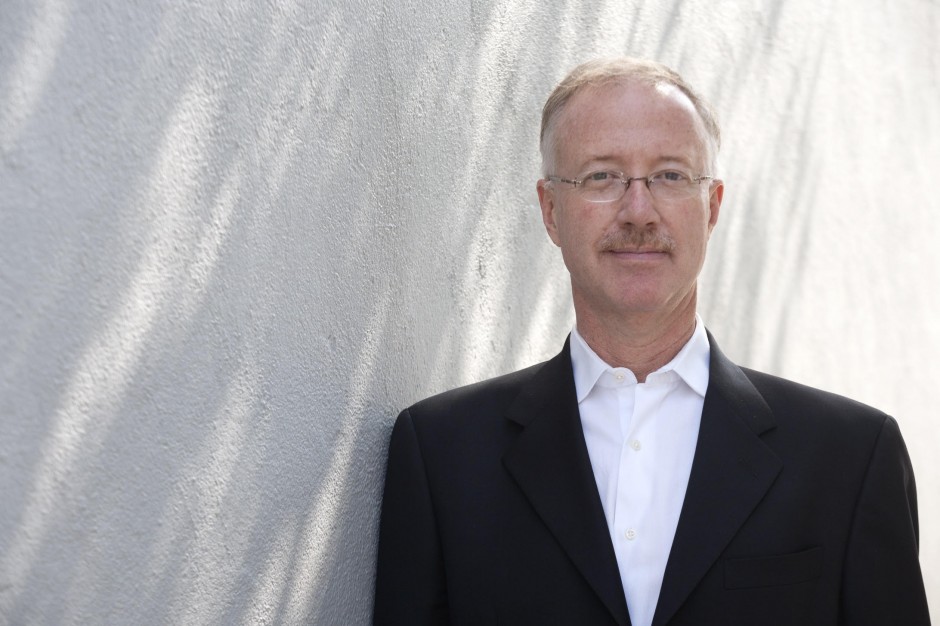
When was the first time you felt attracted to an artwork? When did you start collecting contemporary art?
I feel like I was born a collector. I was raised by a family of collectors so I was lucky to develop their sense for art. In the beginning, I collected European baroque art from the 17th century. It was only later that I became enthusiastic about collecting art from Argentina and Latin America from my same era. From then on, a new world began for me.
What is the main motivation behind your collecting?
The main motivation behind my collecting is not only about collecting and buying. Let me explain: in 1992 and 1993 I felt I couldn’t move forward with my collection anymore since it didn’t seem to make sense for me to just simply buy and collect pieces. At that point, I started to get involved with art institutions, which helped me develop a keen interest in museums, cultural policies, etc… By that time, I founded Fundación Espigas, a documentation centre on the History of the Visual Arts in Argentina.
Do you believe the local scene pushed you to be more than just an art collector?
The shift appeared towards the end of the 1980s in the United States. As a businessman, I learnt how important the idea of value creation was to production and I wanted to apply this to culture and to the arts.
What is your focus regarding the artists in your collection?
I am focused on Latin American conceptual art from the 60s and 70s as well as contemporary artists following this line of work.
How do you see the art scene for conceptual art in Latin America?
It was not very internationally known but in the last few years it has increasingly established itself in both symbolic and market value. Prominent public and private art institutions are also incorporating conceptual art.
How many artworks do you own?
Many!
Have you ever presented your art collection publicly?
I have not. The important thing for me about being a collector is not about the destination but more about the journey and how you play the game. For instance, I used to collect coins when I was young. Once I turned 28 years old, I had the opportunity to present the collection. But for me, that coin collection ended as soon as I presented it. The same thing happened with my Italian baroque collection.
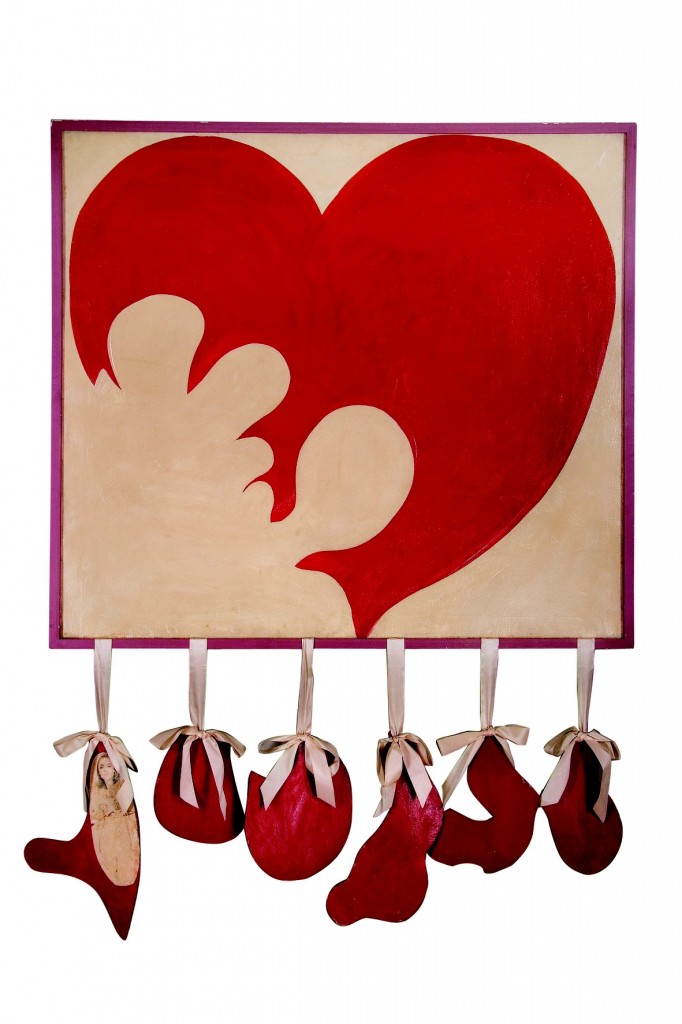
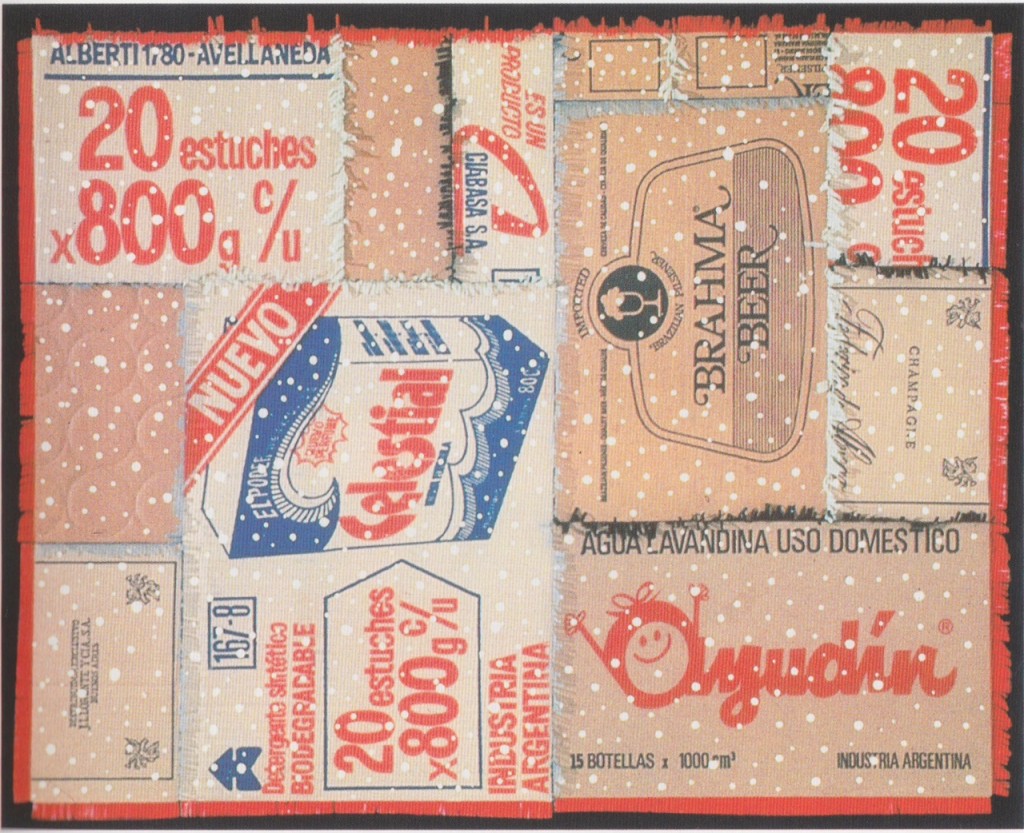
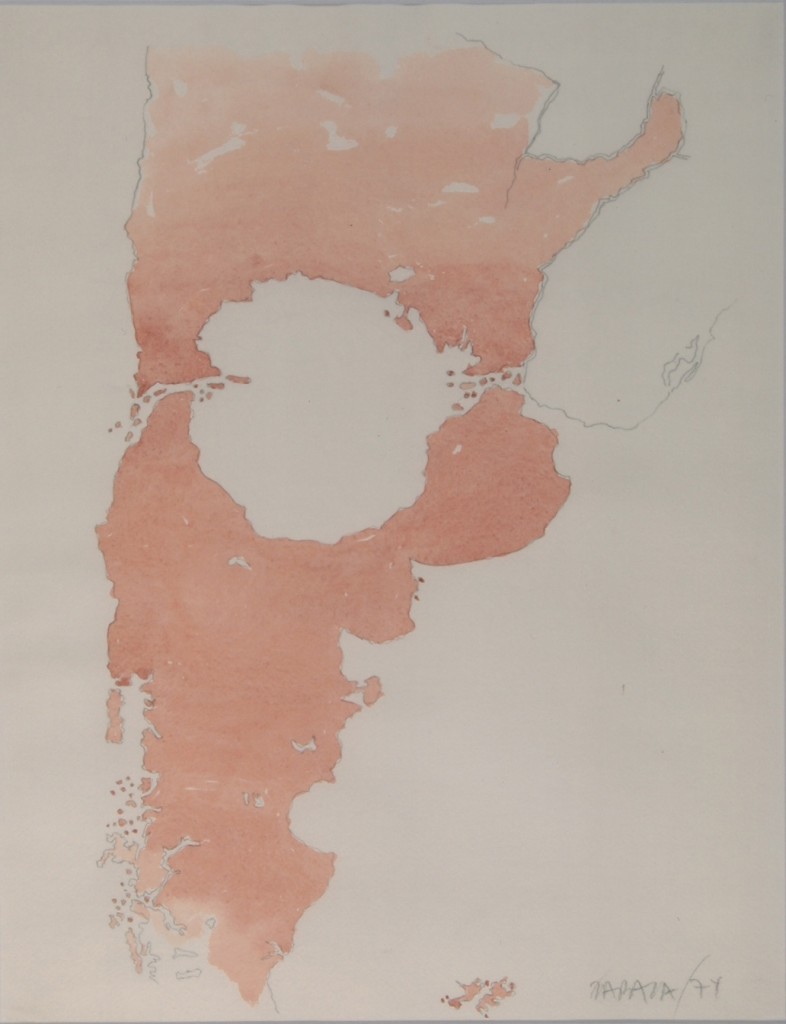
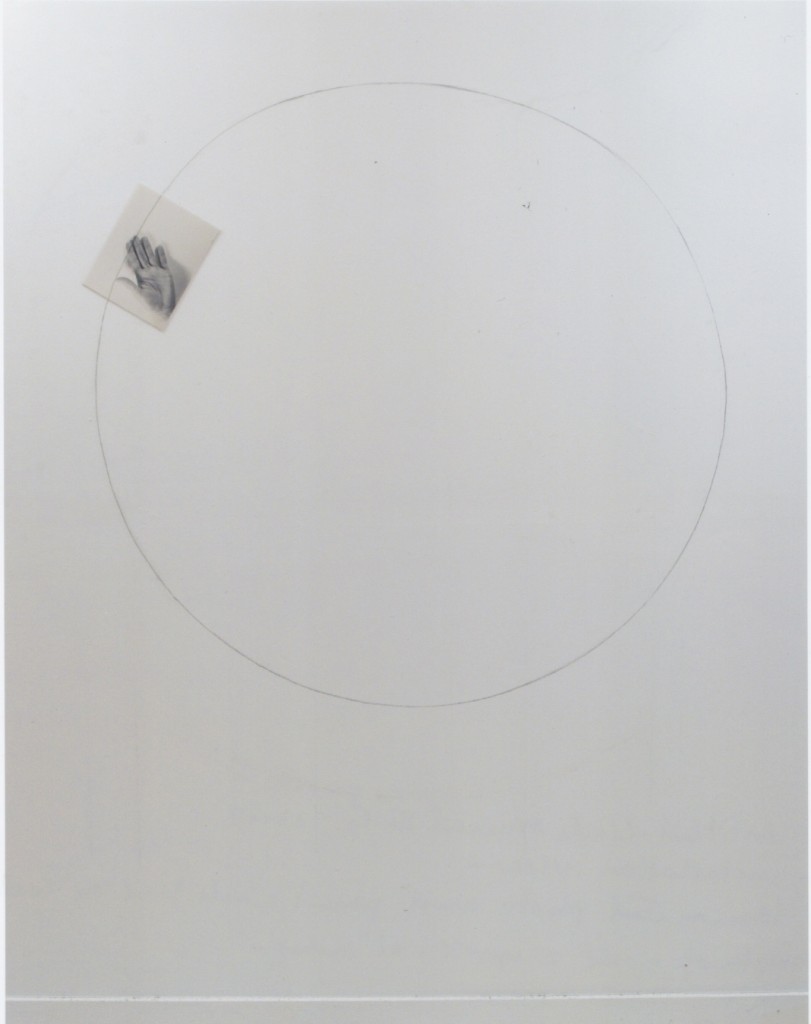
Who inspires you in the art world?
People that have the capability to create something not only for themselves but also for others, such as museum owners, proactive collectors and other influential people who have built citizenship through art. To name only one out of many: the gallery founder Ruth Benzacar (today a three generation family gallery located in Buenos Aires).
How come you are associated with Henrique Faria Fine Art gallery?
After being involved in museums, institutions and committees, I started being interested in art’s market value construction since 2004. In a way, a lot of art is being seen through the lens of the art market. The art market is explicit, direct and from there I see I can deliver clear messages and feedback to the public. I am interested in working on that small margin, trying to create a change from there. A gallery is a participating agent to this.
What are you especially excited about in regard to art in the next 12 months?
I am excited about the fact that Fundación Espigas has received a substantial grant from the Getty Foundation to deepen its research documentation centre on the relationship between Argentina and the Americas.
What is your advice to young and fresh collectors?
Read, travel and see a lot of art. Art fairs are just the tip of the iceberg when it comes to art. Young collectors, especially from business professions, have to apply methods of analysis to the art they acquire in order to expand art’s symbolic value, not just its market value.
How do you see the art scene in Argentina developing in the near future?
I believe there will be an upgrade especially with the sanction of a new law that encourages the private support to the arts.
There are more and more private museums developing. Is it necessary to have a private museum nowadays?
To build citizenship in a society, like the one we have today, it is crucial for collectors to participate in private and public museums. The museums have to hold not only strong art collections, but also contribute to art knowledge and enrich relationships with society.
What was your happiest moment being involved in art?
All of it. Art has been a true-life companion.
Claire Bouchara & Josefina Piacenza
Read more about
A selection of artists Herlitzka collects





